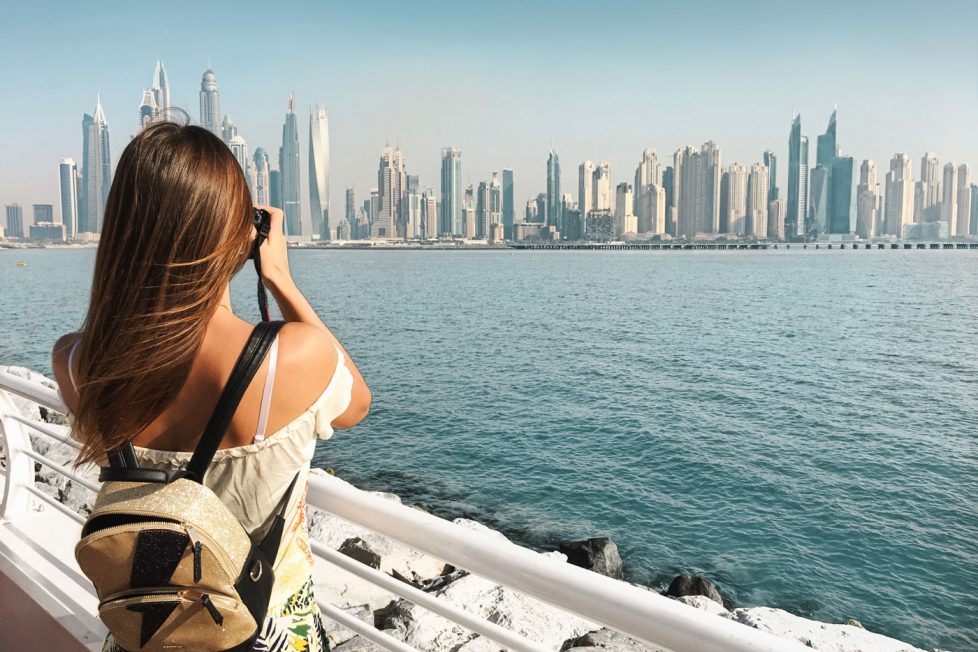Tips to avoid looking like a tourist
When you are travelling abroad or in a different environment, the last thing you want to do is to look like a tourist.

When you are travelling abroad or in a different environment, the last thing you want to do is to look like a tourist.

Even though we love travelling, taking a break and essentially being a tourist, we don’t want to look like one. We’ve all been there: the awkward outsider in a country that we clearly don’t come from. Whether it’s something we can’t change (our ethnicity, or language, for instance), or something we can (the way we dress) there’s always a way to look a little bit less like a tourist and to blend in with the locals.
And there’s more: avoid looking like a tourist is also of great help to diminish your chances of experiencing crime when travelling. If you want to avoid looking like a tourist you can use a couple of tricks that might seem counter to common travel advice (for instance, travel vests), but it might help you have a better experience and hopefully make you less prone to pickpockets who target the tourist!
From clothing to body language to how you speak and what travel gear you pack, you can avoid calling attention to yourself as a foreigner and change the color of your “feathers” to camouflage your tourist identity.
This is one of the cornerstones of this list. We know that a lot of people love travel vests and we acknowledge that all the pockets are quite handy. However, it’s painfully clear that you are a tourist from the moment that you come off the cruise ship (or anywhere else) in lots of cargo-related items. The travel vest and the bucket hat are a bit much. A pro tip to keep all those extra items you would have put in all those pockets is to bring a durable yet inexpensive reusable bag with you.

Backpacks can be a good way to carry stuff, but wearing a big backpack can be a liability, especially if someone else can unzip the pockets from the back. You can go a bit lighter with a subtle daypack as there are some great looking theft-proof backpacks that will make you blend in like a local – moreover, daypacks are used by locals for commuting, whereas backpacks have a virtual “tourist” sign all over them!
Wearing your camera around your neck is the easiest way to make yourself known as a tourist. You can easily keep your camera away while keeping it in an easy-to-reach place in a bag for instance.
As for selfie sticks, avoid walking around carrying them – they’re even banned at many museums and disliked by many locals who have been hit by one while walking. Try to keep your selfie stick packed within your bag until it’s time to use it at a spot away from the crowds.
If you stare at a paper map you will look like a lost tourist, which you probably are. Familiarize yourself with the area before you leave your hotel, take a short walk around the neighborhood to get familiar with the place. Map out where you want to go ahead of time. Memorize the directions or use Google Maps on your phone. If you’re truly lost, pop into a local shop to calm your nerves and ask a local for assistance.
Even if you don’t speak the language, it’s so important to pick up key words that you’ll use over and over again. If you know them, you’ll be much better equipped when interacting with people on a superficial level. For example, when purchasing something, you only really need to know a handful of words: a greeting, a number, a parting word. Most importantly, make sure you know how to say “thank you” in the local language–you’ll probably use that one most of all.
Visit the iconic sites, but make sure you explore lesser-known areas of the destination to get a better flavor of the region. Walk a few blocks away from the city’s main attractions to visit family-owned businesses and eat at local culinary gems. Don’t fall for the perfectly manicured stores that propose “Great deals for tourists!” with menus written wholly in English.
Search for hidden treasures with menus in the local language instead, filled with people in normal, working clothes. Grab a seat and prepare to ask the waiter what his recommendation is for lunch/dinner.
Don’t drive like a lost tourist, don’t assume you have the right of way when crossing the street, don’t be loud and obnoxious when you’re eating in a restaurant. Be kind, courteous, and well-mannered every step of the way.
